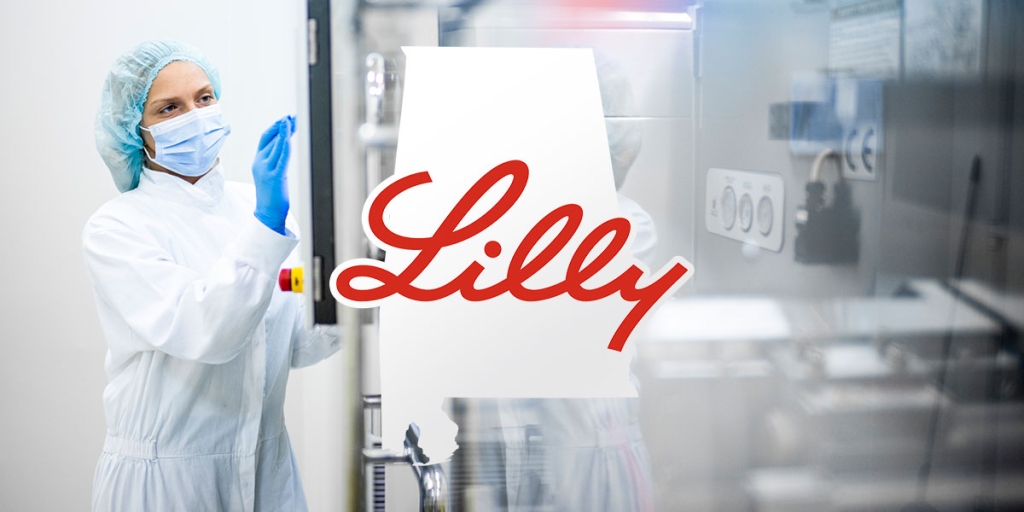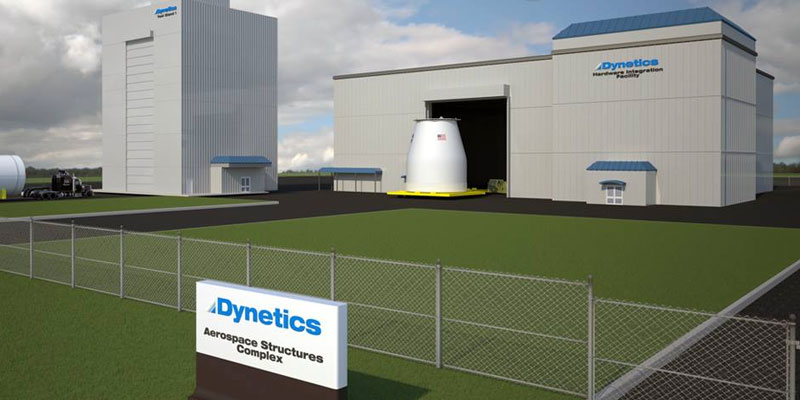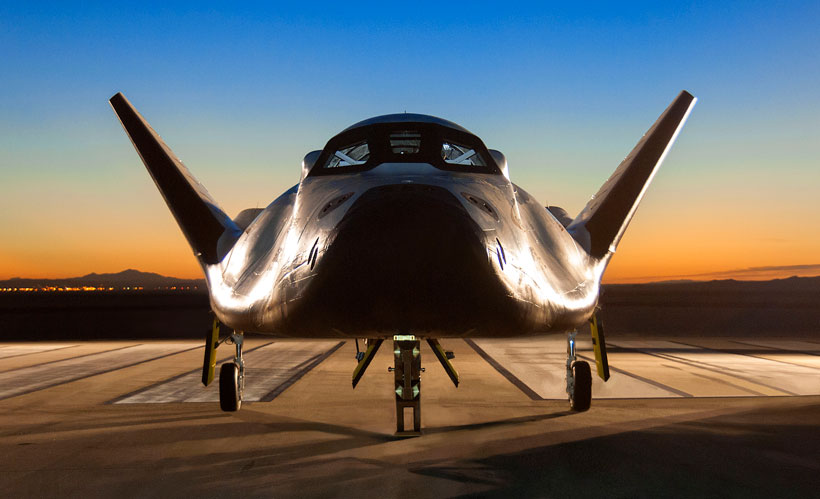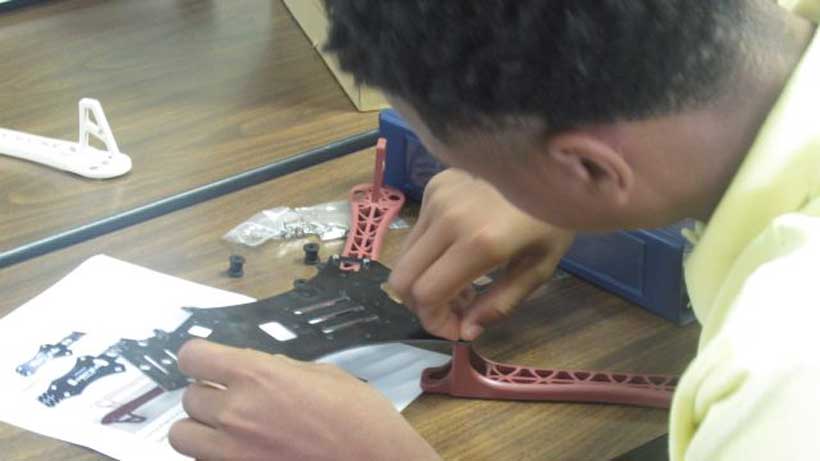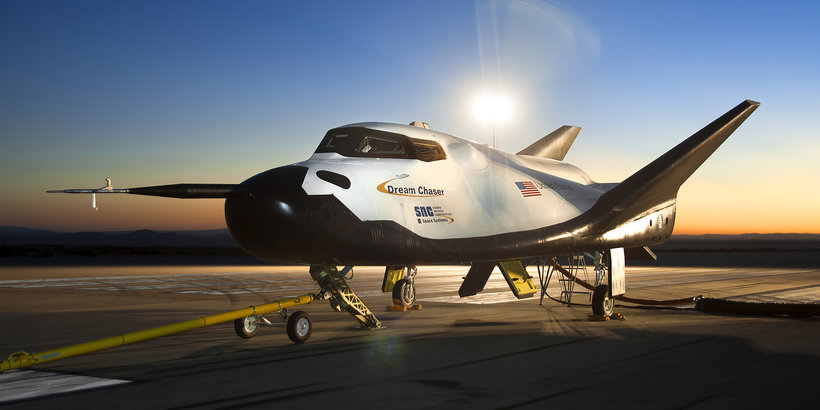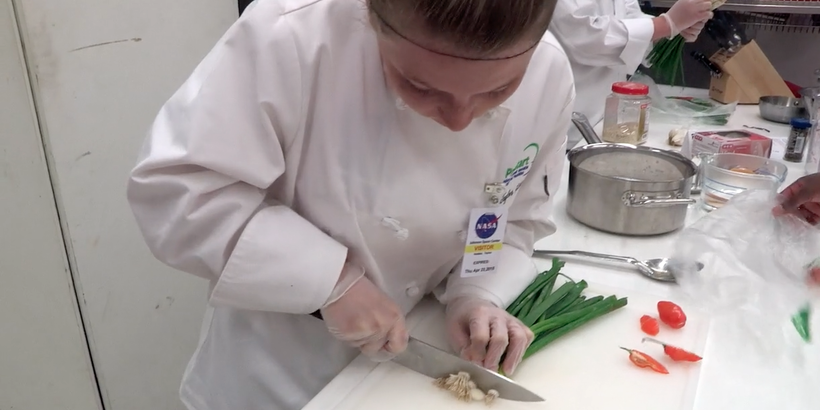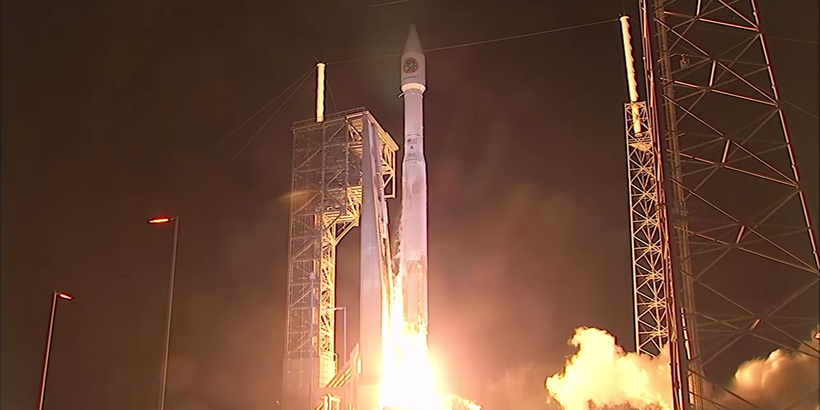 A lot of fanfare has accompanied NASA’s so-called “Commercial Crew” program, a public-private partnership launched under President Obama in which the federal government awards money to private companies in an effort to stimulate growth in private sector space exploration.
A lot of fanfare has accompanied NASA’s so-called “Commercial Crew” program, a public-private partnership launched under President Obama in which the federal government awards money to private companies in an effort to stimulate growth in private sector space exploration.
Media outlets have hailed some of the private companies involved in the Commercial Crew program as the pinnacle of American innovation and compared their leaders to some of history’s greatest American entrepreneurs.
But while these men and their companies are worthy of much of the praise being heaped upon them, it’s important to keep in mind that over 90% of the money being spent on the Commercial Crew program is coming out of the pockets of the taxpayers, not from the private companies themselves.
After the space shuttle program was shut down and Obama started attempting to change NASA from an exploration entity into a glorified global warming think tank, the United States was left without a vehicle to get our astronauts to the International Space Station. We’ve been buying seats from the Russians in the short-term, but several private companies have been competing via the Commercial Crew program to create a vehicle to do the job in the future.
In addition to Commercial Crew, the federal government is also funding a traditional NASA program to build a heavy-lift launch rocket vehicle. This program is known as NASA’s Space Launch System, or SLS, and is being built in Huntsville. As with most projects of this magnitude, private contractors are involved, but whatever technology is created and built is ultimately owned by NASA.
Since these dueling programs — Commercial Crew and SLS — are both on NASA’s books, there has been an intense competition for funding.
Over the last several years, Commercial Crew has been winning the competition for financing. Its budget has continued to rise, while SLS has taken hits. This has happened in spite of Commercial Crew coming out on the losing end of NASA’s independent cost assessments, which are external checks to see if NASA’s schedule and cost projections are reasonable.
The Commercial Crew program’s goal is to give the United States a way to get to the International Space Station. It will produce vehicles that are restricted to Earth’s low-orbit. Outside of taking us to the space station, the usefulness of these vehicles will be limited. Commercial Crew’s first flight is set for 2017. The Space Station is set to be decommissioned only three years later, in 2020. Commercial Crew would likely only be able to make six trips in that three-year time frame. With all of that in mind, its obvious why external analysis does not reflect favorably on Commercial Crew.
As much as it pains me to think that Americans are bumming rides into space from the Ruskies, it probably makes more financial sense to continue doing that for the next few years while the SLS is being developed and NASA is recovering from Obama disgracing Kennedy’s legacy.
Alabama’s Senior U.S. Senator, Richard Shelby, has been out in front recently fighting the myths being attached to the Commercial Crew program, and working to protect the position of Huntsville’s Marshall Space Center as the leader in space exploration.
“This budget focuses too heavily on maintaining the fiction of privately funded commercial cargo and crew vehicles which diverts critical resources from NASA’s goal of developing human space flight capabilities with the SLS,” Shelby said during last week’s committee meeting. “I have long been a supporter of public-private partnerships that use federal dollars to leverage private resources. In this case however, NASA has provided $1.5 billion dollars through Space Act Agreements to for-profit companies to develop low Earth orbit launch capabilities but has no idea how much money these companies are investing themselves, and according to NASA’s budget office, has no authority to ask. In addition, NASA has no ability to keep the projects on budget or on schedule because of the nature of the contract that was executed.”

Shelby is calling for a cost-benefit analysis of the Commercial Crew program, which has never been done to this point. He believes the results will show that the American people are not really getting the benefits from Commercial Crew that some in the media have been saying we are.
Last week during the markup of a bill before the Senate Appropriations Committee’s Commerce, Justice, Science subcommittee (SAC-CJS), Senator Shelby added language to the bill that he believes will increase accountability on the Commercial Crew program and make sure the taxpayers are getting the best value for their dollar.
One of Sen. Shelby’s additions to the bill would fund the SLS program at $1.6 billion, the level called for in NASA’s own independent cost analysis, rather than $1.385 billion which could jeopardize the planned first launch of the SLS in 2017. That represents an important boost for the Huntsville-based program.
Shelby also “fences” $250 million that is allocated for Commercial Crew in the bill, meaning the funds won’t become available until certain criteria are met. Shelby believes this will protect taxpayers because it requires a cost-benefit analysis that will show whether or not current levels of federal investment in Commercial Crew are yielding a net positive return.
“It is troubling that NASA paid the companies developing cargo capability in spite of delayed milestones, shifting completion dates, and an altered final delivery schedule and then had to provide additional payments in excess of $200 million so these projects could be successful,” Shelby said. “This sounds like a great arrangement for the companies but I don’t believe it is a great arrangement for the taxpayer.”
What else is going on?
1. Bentley picks up Forestry Association endorsement
2. Power points, prayer controversy & protestors: just another day at the PSC
3. The Byrne Identity: The front-runner with the target on his back
4. Enviro representative: It is ‘batsh** crazy’ to pray at public meetings
5. Mo Brooks: Senate ‘Gang of 8’ immigration reform would lower US standard of living





